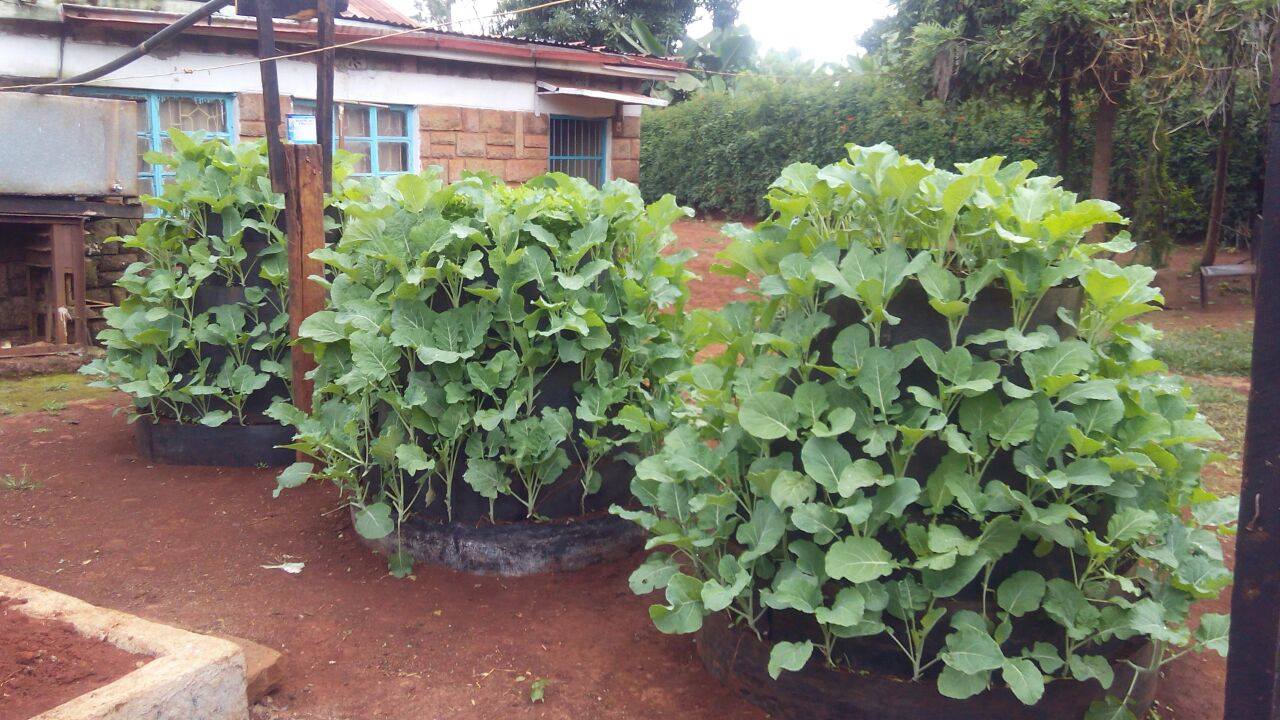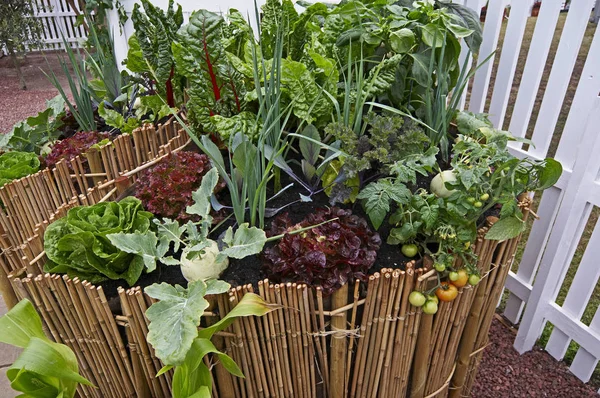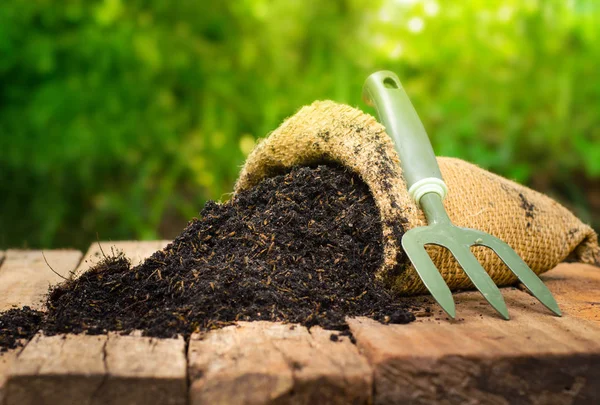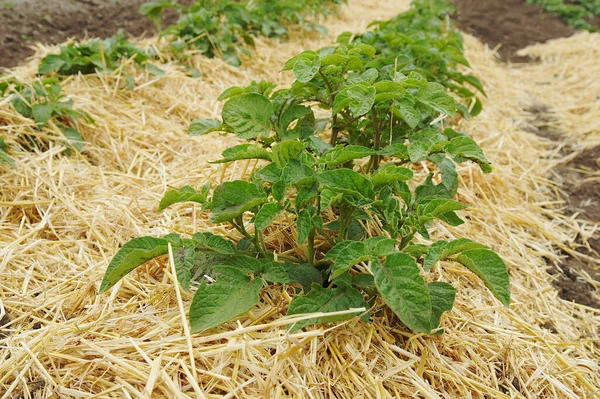Are you tired of paying high prices for vegetables and fruits at the market? Do you want to enjoy the taste and benefits of freshly-grown fruits and vegetables, but don’t have the space or resources for a rural garden? Then a kitchen garden is the perfect solution for you!
With a kitchen garden, you can grow your own produce right in the comfort of your own home, no matter how small your space may be. Whether you choose a sack garden, bucket garden, tower garden, or container garden, you’ll be able to enjoy the convenience and cost savings of growing your own food.
Not only will a kitchen garden provide you with delicious and nutritious produce, it will also help you save money on your grocery bills and reduce your carbon footprint. Plus, gardening can be a relaxing and enjoyable hobby that can improve your physical and mental health.
So don’t wait any longer, take control of your food and start reaping the rewards of a kitchen garden today!
In this post, learn all you need to know about kitchen gardening in Kenya. The areas covered include;
What is urban farming and kitchen gardening?
Urban farming refers to the practice of cultivating, processing, and distributing food in or around an urban area. It can take many forms, including backyard and rooftop gardens, community gardens, and vertical farming systems.
On the other hand, Kitchen gardening, also known as home gardening or backyard gardening, refers to the cultivation of fruits, vegetables, and herbs for personal use, often in a small scale. Kitchen gardens can be a form of urban farming, as they are often located in urban areas and can provide a source of fresh produce for the gardener’s household
Why do you need a Kitchen Garden in Nairobi?

There are many benefits to growing a kitchen garden as an urban dweller. Apart for producing your own food, even in a small space. Some of the advantages of kitchen gardens include:
- Fresh, nutrient-rich produce: When you grow your own fruits and vegetables, you can be sure that they’re fresh and full of nutrients. Vegetables bought from markets and food stalls often loses nutrients during transportation and storage, but home-grown produce is picked at the peak of ripeness and can be eaten immediately.
- Cost savings: It’s a fact Kenya has one of the worst food prices inflations today. Growing your own food can save you money on your grocery bill. Depending on the crops you choose and your local climate, you may be able to grow enough food to make a significant dent in your food budget.
Related; How to keep high food prices low by kitchen gardening
- Child training on food: When you grow your own food, you have a great chance to teach your kids about where foo comes from and how it’s grown. This can help you and them to make more informed choices about sustainable food systems.
- Relaxation, physical activity and stress relief: Research and studies have shown home gardening have many physical and mental health benefits, including reducing stress and increasing feelings of relaxation and well-being.
- Increased self-sufficiency and prepper preparation: By growing your own food, you become less reliant on the industrial food system and can take greater control over your own food security.
- Environmental benefits: Kitchen gardens can reduce the carbon footprint of food production, as the food does not have to be transported long distances. They can also help to reduce waste, as excess produce can be preserved or shared with others.
Which are the Best Crops for your Kitchen Garden?

When it comes to choosing crops for your kitchen garden, it’s important to consider the amount of space you have and the amount of light your garden gets. Here are some ideas for crops that do well in small spaces and can be grown in sucks, buckets, tower gardens, and containers:
- Herbs & Spices: Herbs are some of the easiest and most versatile plants to grow in a kitchen garden. They can be grown in small pots or hanging baskets and don’t require a lot of space or light. Some good herbs to try include basil, mint, cilantro, and thyme.
- Leafy greens: Leafy greens, such as lettuce, spinach, and kale, are another good choice for kitchen gardens. They grow quickly and can be grown in small pots or hanging baskets.
Related; Which are the best vegetables for your kitchen garden
- Tomatoes: Tomatoes are a classic choice for kitchen gardens and can be grown in pots or hanging baskets. Just be sure to give them enough light and water, and stake them to support their weight as they grow.
- Peppers: Peppers are another popular choice for kitchen gardens and can be grown in pots or hanging baskets. They require a bit lighter than tomatoes, so be sure to place them in a sunny spot.
- Strawberries: Strawberries are a delicious and relatively easy crop to grow in a kitchen garden. They can be grown in pots or hanging baskets and will produce fruit for several years with proper care.
Challenges of Kitchen gardening

Kitchen gardening can be a rewarding and fulfilling hobby, but it is not without its challenges. Here are five common challenges that kitchen gardeners may face:
- Pest control: Pests such as aphids, slugs, and caterpillars can damage or kill plants, reducing yield and ruining the appearance of the garden. Gardeners can use a variety of Integrated pest management (IPM) methods to control pests, such as handpicking, using traps or barriers, or applying natural or chemical pesticides. However, these methods can be time-consuming and may not always be effective.
- Watering: Irrigation is essential for plant growth, but it can be challenging to get it right in a kitchen garden. Overwatering can lead to root rot and other diseases, while under watering can stress or kill plants. Gardeners need to be mindful of their plants’ watering needs and adjust their watering schedule accordingly.
- Soil management: Good soil is the foundation of a healthy garden, but it can be difficult to maintain in an urban setting. Urban soils are often compacted and lack the nutrients and organic matter found in rural soils. Gardeners may need to improve their soil by adding compost, fertilizers, or other amendments to ensure that their plants have the right conditions to thrive.
- Limited space: Space is often at a premium in urban areas, which can make it challenging to find room for a kitchen garden. Gardeners may need to get creative with their use of space, such as using vertical gardens, hanging baskets, or pots on a balcony. They may also need to be selective about the plants they grow, choosing varieties that are suited to their space constraints.
- Lack of knowledge or experience: Gardening can be intimidating for those who are new to the hobby or have limited knowledge about plant care. Gardeners may need to do some research and seek guidance from more experienced gardeners or resources such as gardening books or online forums. They may also need to be patient and learn from their mistakes as they gain experience.
Overall, kitchen gardening can be a rewarding and fulfilling hobby, but it requires some planning and effort to overcome these challenges. With the right techniques and a little bit of persistence, anyone can enjoy the benefits of a kitchen garden
Which is the best type of kitchen garden for you?
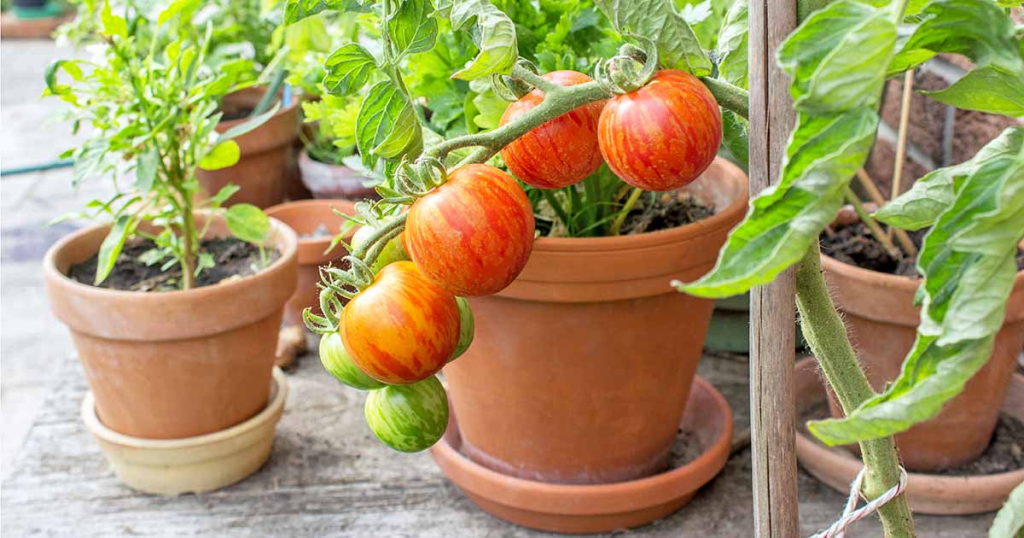
There are many forms you can make a kitchen garden in Kenya. They include use of buckets, containers, tower gardens, and other types of systems. Here is a comparison of some of the most common types in terms of cost, space, and maintenance:
Sack gardens:
Sack gardens, also known as bag gardens or grow bags, are a type of container garden that uses bags filled with soil or a growing medium to grow plants. They can be made from various materials, such as burlap, polypropylene, or felt.
Sack gardens are relatively cheap to set up, as the bags and soil can be purchased for a low cost. They are also very space-efficient, as they can be hung or placed on a small patio or balcony. However, sack gardens do require more frequent watering and fertilizing than other types of gardens, as the soil in the bags tends to dry out quickly. They are also more prone to pests and diseases, as the plants are grown in close proximity to each other.
Bucket gardens:
Bucket gardens are another type of container garden that uses buckets, barrels, or other containers to grow plants. They can be made from a wide range of materials, such as plastic, metal, or wood. Bucket gardens are relatively inexpensive to set up, as the containers can be found for cheap or repurposed from household items. They are also very space-efficient, as they can be placed on a small patio or balcony.
Bucket gardens require more frequent watering and fertilizing than other types of gardens, as the soil in the containers tends to dry out quickly. They are also more prone to pests and diseases, as the plants are grown in close proximity to each other.
Tower gardens:
gardens are a type of vertical garden that uses a hydroponic system to grow plants. They consist of a tower-like structure with a series of tubes and a water pump that circulates nutrient-rich water to the plants. Tower gardens are relatively expensive to set up, as the systems can cost several hundred dollars. They are also quite space-efficient, as they can be placed on a small patio or balcony.
Read Next: How to start an organic Kitchen garden in 7 steps
However, tower gardens require a reliable water source and electricity to operate the pump, and the nutrient solution needs to be replaced every few weeks. They also require more frequent maintenance than other types of gardens, as the pumps and tubes need to be cleaned and checked regularly.
Container gardens:
Container gardens are a type of kitchen garden that uses pots, planters, or other containers to grow plants. They can be made from a wide range of materials, such as plastic, clay, or wood. Container gardens are relatively inexpensive to set up, as the containers can be found for cheap or repurposed from household items. They are also very space-efficient, as they can be placed on a small patio or balcony.
Concerning challenges, container gardens do require more frequent watering and fertilizing than other types of gardens, as the soil in the containers tends to dry out quickly. They are also more prone to pests and diseases, as the plants are grown in close proximity to each other.
Container gardens are a versatile and affordable option, but they also require more frequent watering and fertilizing and are more prone to pests and diseases.
Multi-storey gardens
Multi-storey kitchen gardens, also known as vertical gardens or living walls, are a type of urban agriculture system that allows people to grow plants in a small space. These gardens are particularly useful in urban areas, such as in Kenya, where there may not be much space available for traditional gardening.
They can save space, improve air quality, and provide a source of fresh, healthy produce for urban residents. There are several different ways to create a multi-storey kitchen garden, including using a pre-made kit or building your own using recycled materials. The most common multi storey gardens are constructed using a dam liner materials with a 0.5-1mm thickness. They are cut into different sizes and fastened using bolts and nuts at the ends to form circular rings with a diameter of 4ft.

